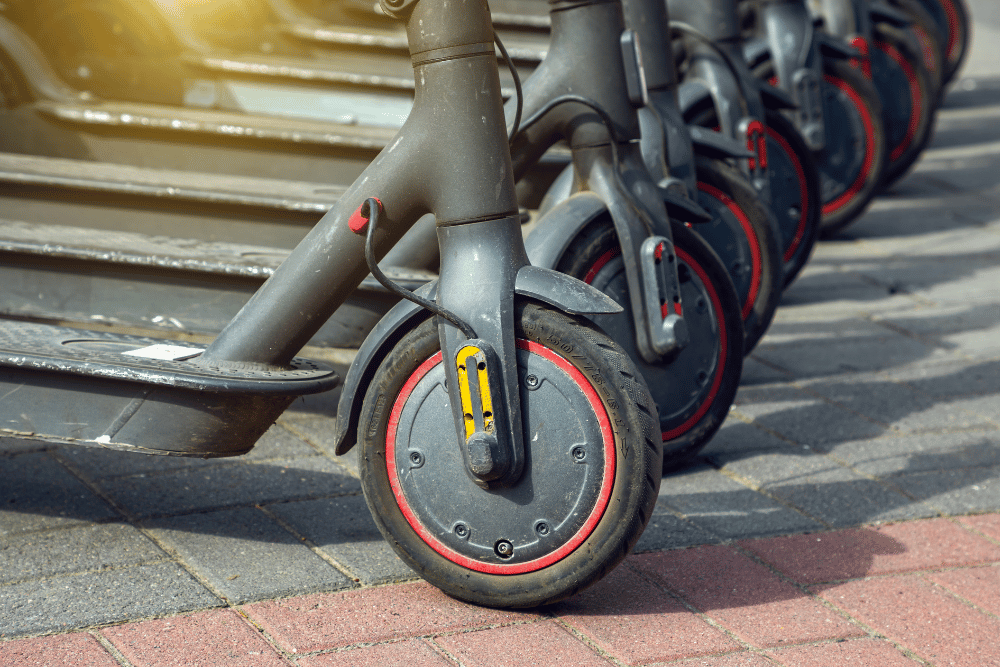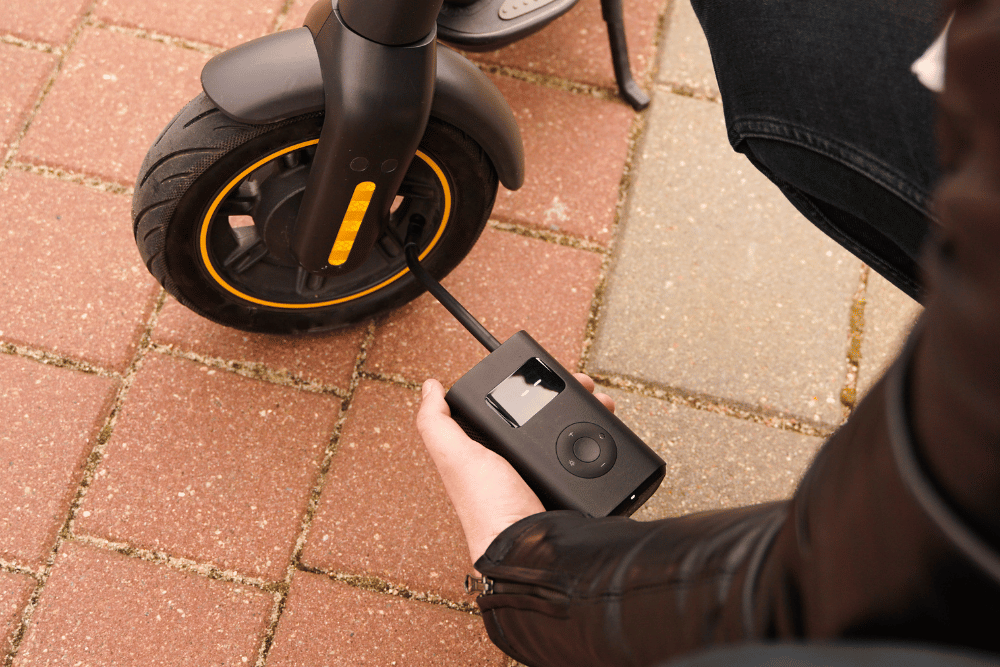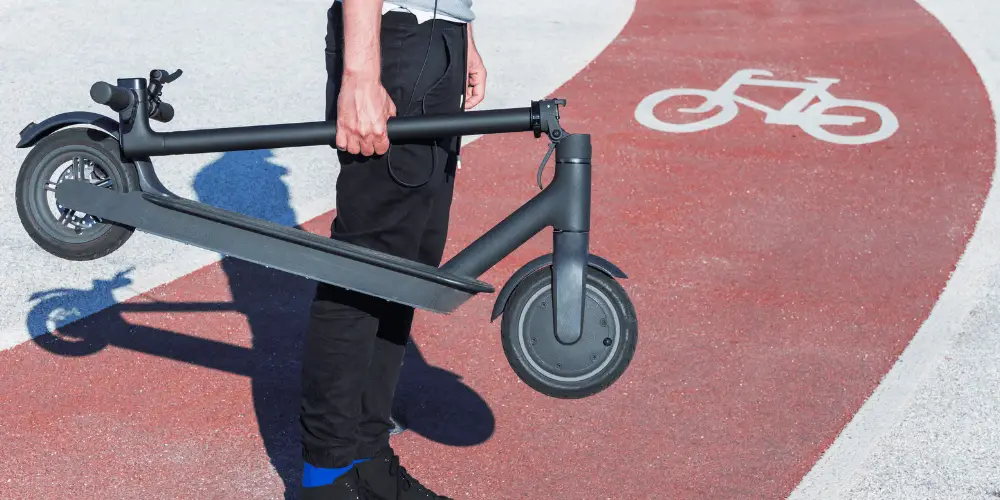Electric scooters have swiftly become a preferred mode of transport, offering an eco-friendly, convenient, and cost-effective solution for navigating through the urban jungle. However, just like any other vehicle, they require regular maintenance to ensure a safe and smooth ride, with the tyres being one of the most crucial components to pay attention to. In this article, we will guide you through the intricacies of upgrading and maintaining your electric scooter’s tyres, ensuring you have all the knowledge you need to make informed decisions and keep your ride in top condition. Whether you’re a seasoned rider or new to the world of electric scooters, understanding the importance of tyre maintenance and knowing how to choose the right tyres can significantly enhance your riding experience.
Key Takeaways:
- Types of Tyres: Understand the difference between pneumatic and solid tyres.
- Replacement Tools: Equip yourself with the right tools for tyre replacement.
- Tyre Maintenance: Ensure optimal performance and safety by maintaining proper tyre inflation.
- Tread Patterns: Choose the right tread pattern based on your riding needs.
Types of Electric Scooter Tyres
Electric scooters predominantly use two types of tyres:
Pneumatic Tyres
- Often referred to as air-filled tyres.
- Provide a smoother ride due to their ability to absorb shocks.
- Require regular air pressure checks.
Tools and Materials for Tyre Replacement
Before diving into the replacement process, it’s essential to have the right tools. Here’s a table with the necessary tools and their purposes:
| Tool | Purpose |
| New tyre (compatible) | To replace the worn-out tyre |
| Inner tube (if needed) | Acts as a cushion between the tyre and rim |
| Tyre lever/spoons | Helps in removing the old tyre and installing the new one |
| Pump | To inflate the tyre to the recommended pressure |
| Wrench | For removing and attaching the wheel |
Choosing the Right Tyre for Your Electric Scooter
When selecting a tyre, consider the following:
- Terrain: Are you riding on smooth city roads or rough trails?
- Usage: Daily commuting or occasional rides?
- Scooter Model: Some models might have specific tyre requirements.
Steps to Replace Electric Scooter Tyres
1. Gather the Required Tools
Ensure you have all the tools mentioned in the table above. A clean workspace is also crucial for an efficient replacement process.
2. Remove the Wheel
Turn off the scooter and place it on a stable surface. Use a wrench to loosen the nuts holding the wheel. Slide it off carefully, ensuring no damage to the brake system.
3. Deflate the Old Tyre
For scooters with an inner tube, release the air using the valve. For tubeless tyres, press on the sidewalls to release air.
4. Remove the Old Tyre
Using a tyre lever or spoons, pry the tyre off the rim. This might require some force, so be patient.
5. Install the New Tyre
Check the tread pattern direction before installation. If your scooter has an inner tube, slightly inflate it and place it inside the new tyre. Install the tyre onto the rim, ensuring not to pinch the tube.
6. Inflate the New Tyre
Inflate the tyre to the recommended pressure. Avoid overinflation.
7. Reattach the Wheel
Slide the wheel back onto the axle, aligning it with the brake system. Tighten the nuts using a wrench. Give the wheel a spin to ensure it’s correctly installed.
Maintaining Proper Tyre Inflation
Ensuring the right tyre pressure is crucial for optimal scooter performance and safety. The correct pressure:
- Maximises Efficiency: Properly inflated tyres reduce drag, allowing your scooter to run more efficiently.
- Enhances Safety: Correct pressure ensures better traction, especially in wet conditions.
- Improves Comfort: Proper inflation provides a smoother ride, especially on uneven terrains.
| Measurement Unit | Description |
| PSI | Pounds per square inch, common in the US |
| kPa | Kilopascal, used in countries like Canada and Australia |
| Bar | Used in Europe |
Most electric scooters recommend a tyre pressure between 40 to 55 PSI. However, always refer to your scooter’s manual or the tyre sidewall for specific recommendations.
Tread Patterns and Their Importance
Tread patterns play a pivotal role in how your scooter interacts with different surfaces. Here’s a breakdown:
| Tread Type | Best For | Advantages |
| Smooth | City roads with minimal debris | Reduced rolling resistance; quieter ride |
| Grooved | Wet surfaces | Channels water away, reducing hydroplaning risks |
| Knobby | Off-road terrains like dirt and gravel | Provides grip on uneven surfaces |
Choosing the right tread pattern based on your riding environment ensures better safety and performance.
FAQs
Q1. What types of electric scooter tyres are there?
There are mainly two types: Pneumatic (air-filled) and Solid (airless). Pneumatic tyres offer a smoother ride but are prone to punctures, while solid tyres are more durable but might offer a stiffer ride.
Q2. How long do electric scooter tyres last?
On average, electric scooter tyres need replacement every 2,000-3,000 miles. However, the actual lifespan can vary based on usage, terrain, and tyre type.
Q3. Can you ride an electric scooter with a flat tyres?
It’s not recommended. Riding with a flat tyre can cause further damage and might be unsafe.
Q 4. How do you fix a flat tyre on an electric scooter?
Depending on the damage, you might need to replace the inner tube (for pneumatic tyre) or the entire tyre. If unsure, consult a professional or refer to your scooter’s manual.
Q 5. How do tyres affect the weight an electric scooter can carry?
Larger diameter tyres can support more weight. Electric scooters designed for heavier riders typically have larger tyres for added stability and safety.
Brandon D
I'm an avid electric mobility advocate and the guiding force for a community of electric scooter enthusiasts. As an editor with a knack for detail and a passion for sustainable transport, I dedicate myself to providing in-depth reviews and expert insights into the latest in electric scooter technology.







